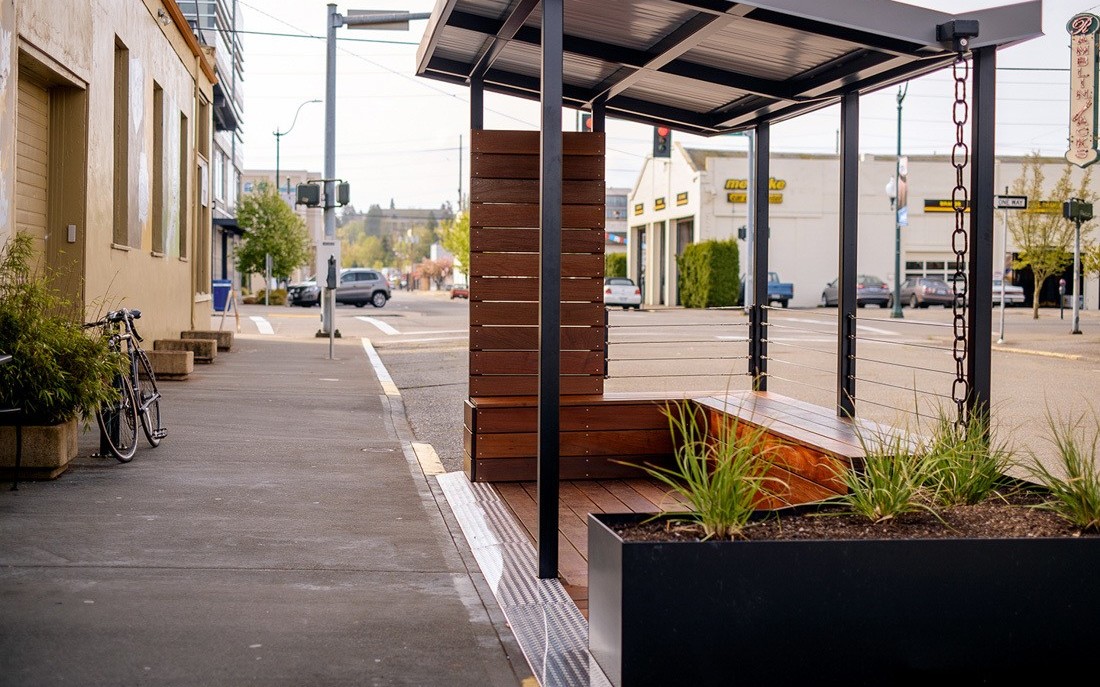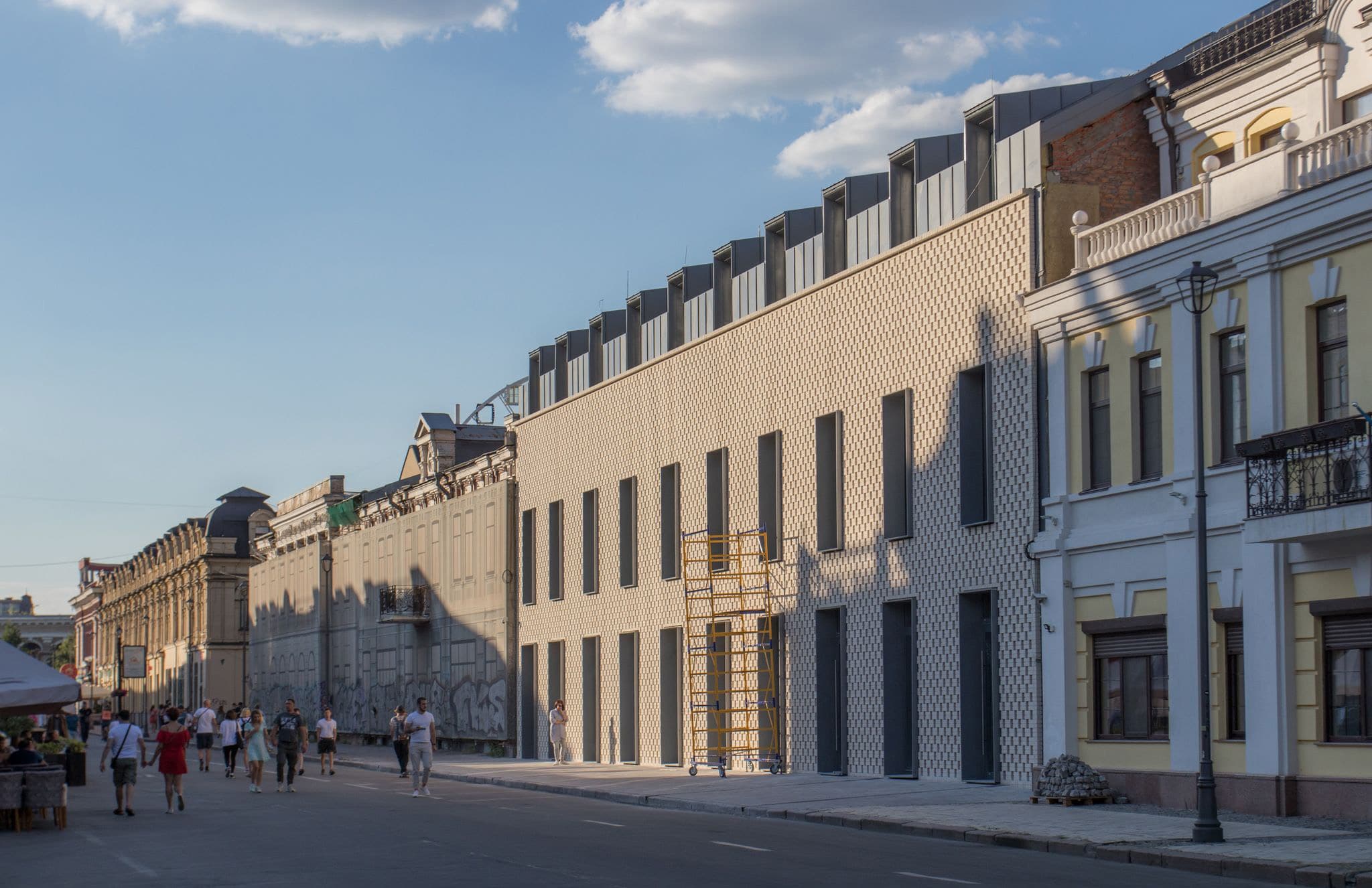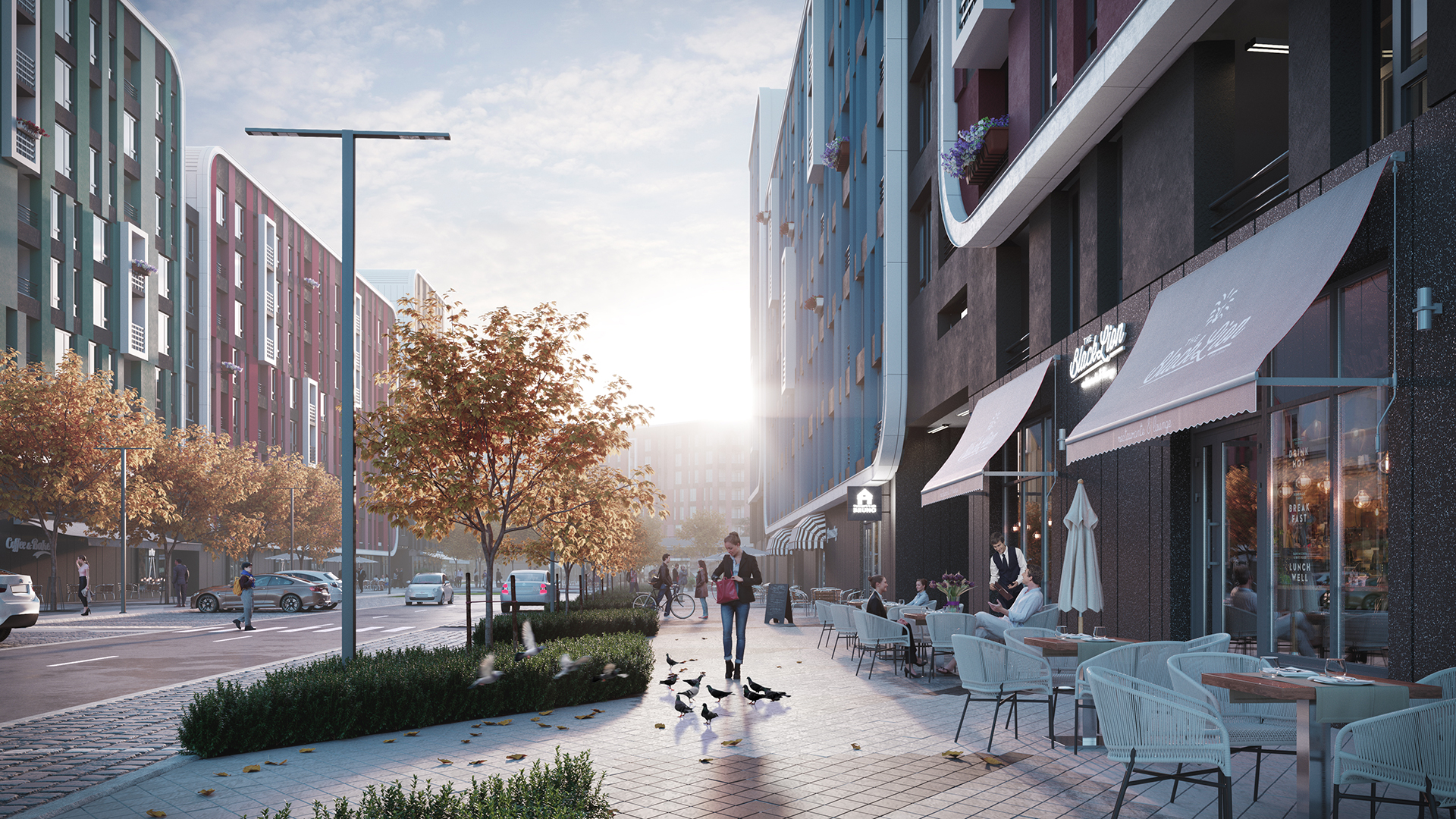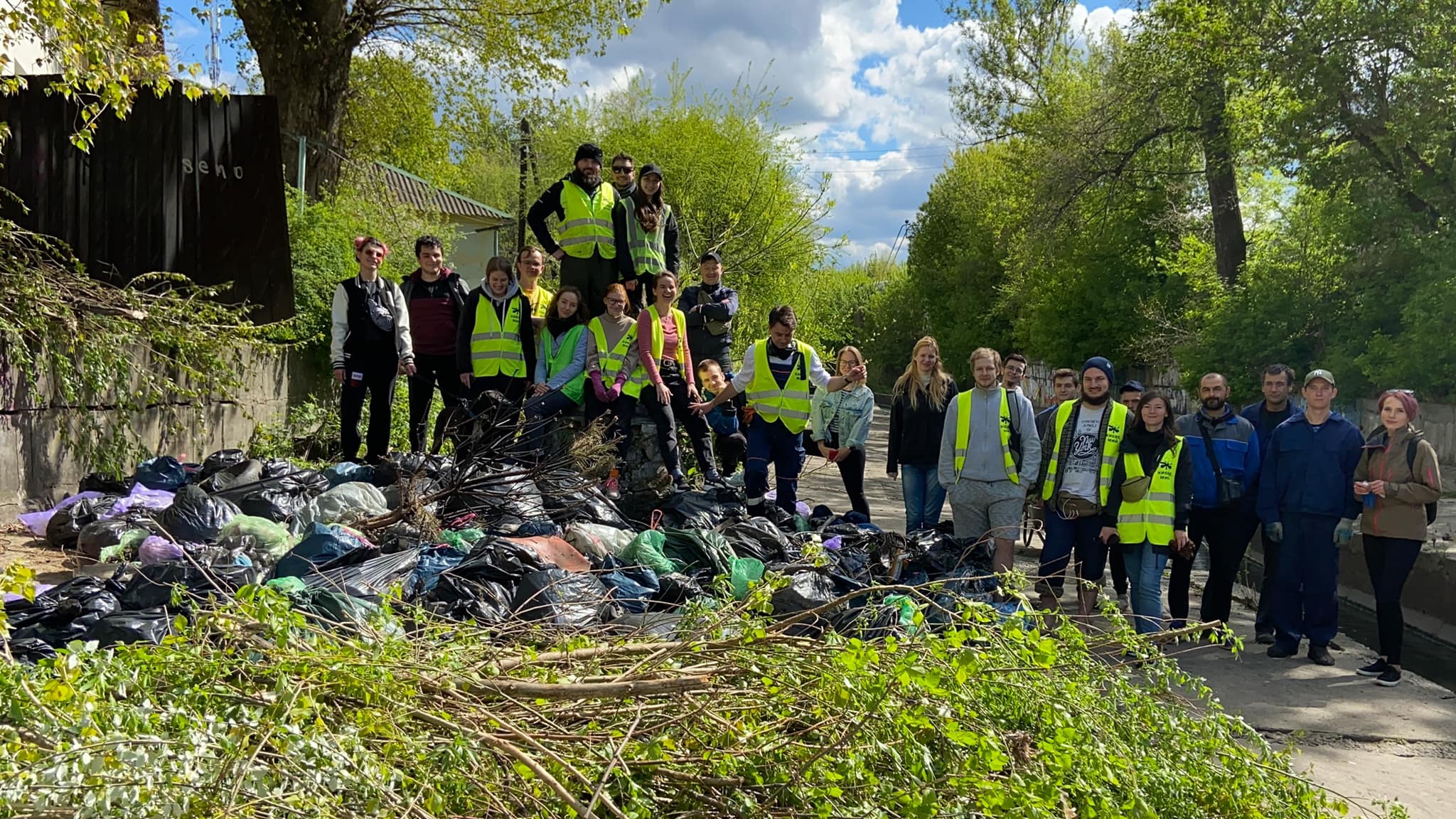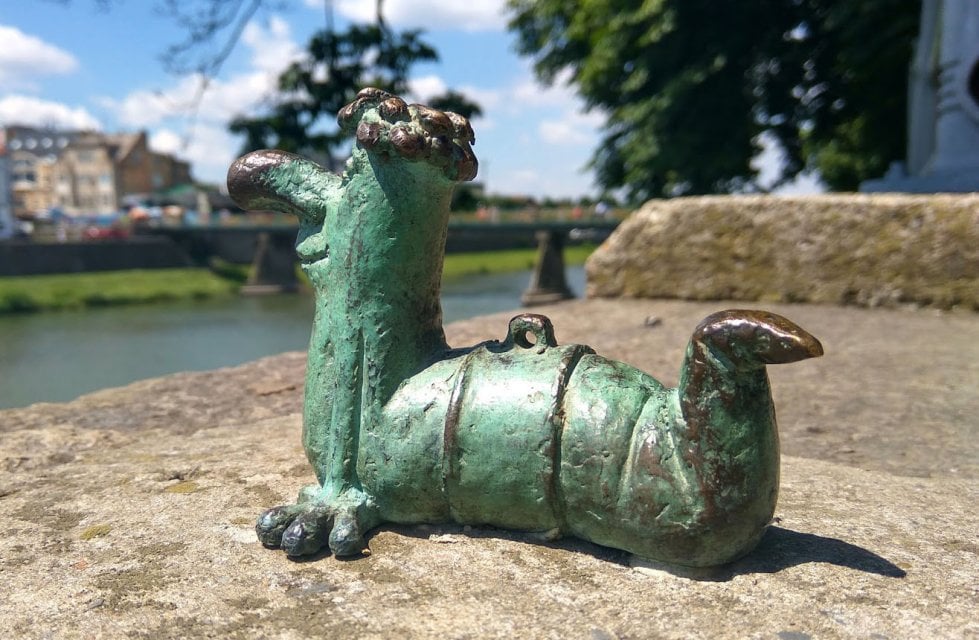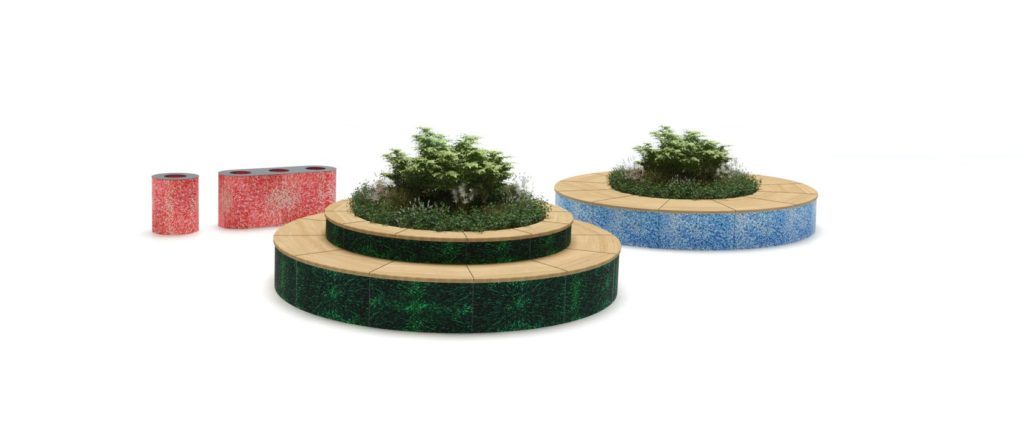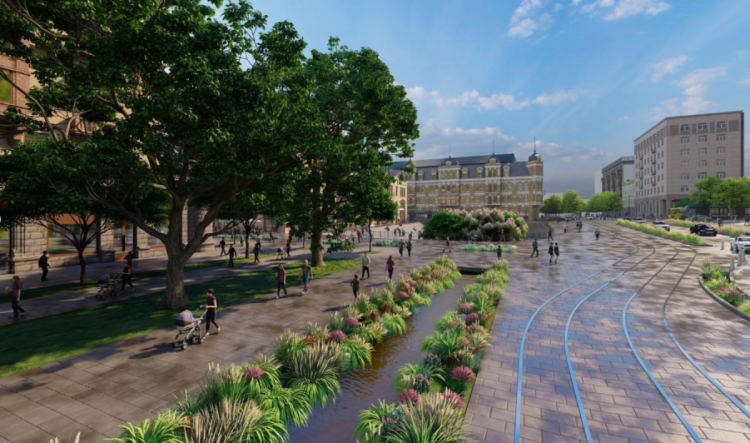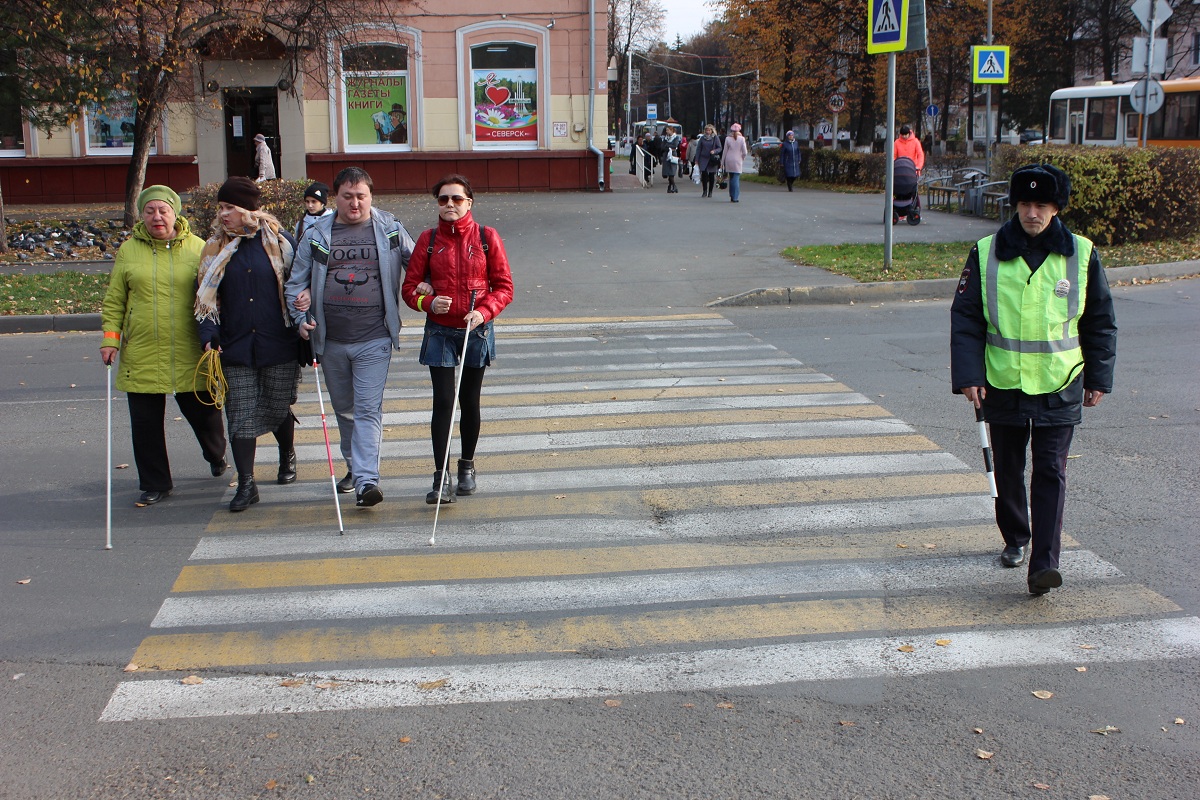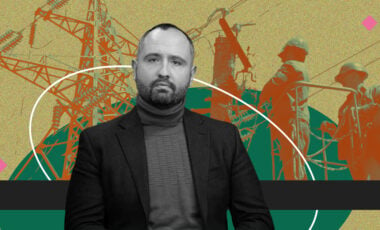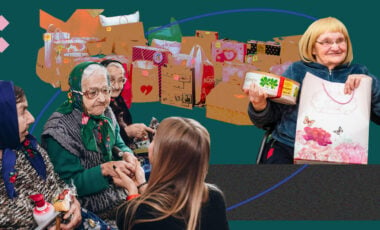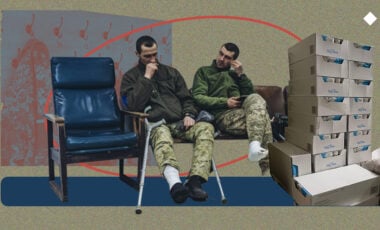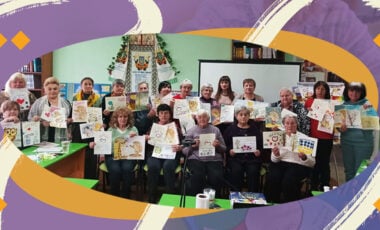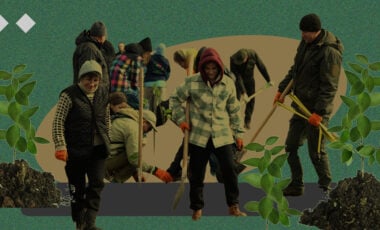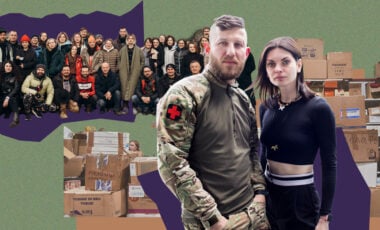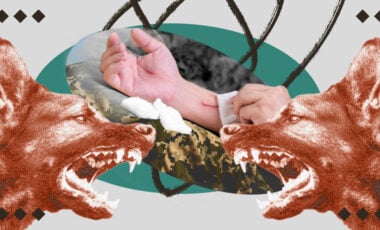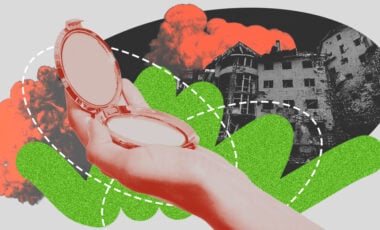How to make your city more comfortable: 8 accessible solutions
We reveal several initiatives in the city, which can be very useful for its residents.
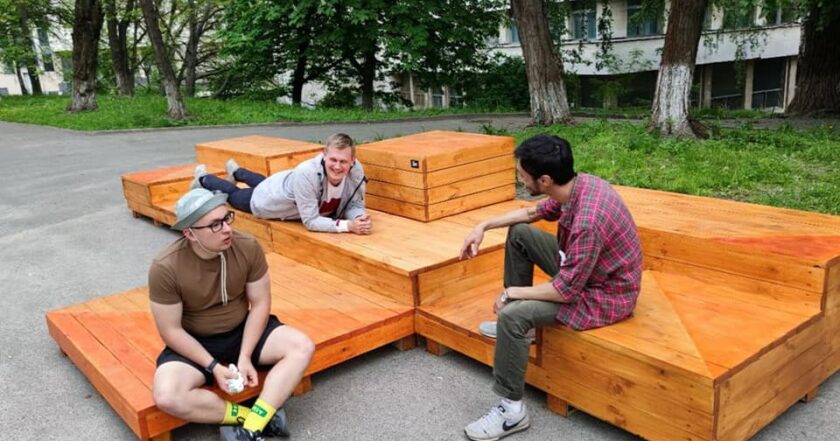
Facebook photo: Andrii Yerofieiev
Recently, an unusual object was installed in Kyiv on Politekhnichna street — a multifunctional bench. The Kyiv Polytechnic Institute's urban squad team initiated the creation of a new zone; the newly installed bench is already being used in different ways, not just for sitting: for instance, the rollers have used it as a ramp. Installing the object is one of the steps towards turning the street into a public life center for the micro-district and KPI students. Although there were some difficulties here: the university administration didn't allow the community to create a recreation area there and still resists this idea: it was possible to install a bench thanks to the permission of Solomynskyi district's road and operational office.
These simple solutions, created in response to the needs of the masses, transform the city, making it comfortable for life. Rubryka has prepared solutions everyone can implement in their city, be it a multi-million city like Kyiv or an urban-type settlement. Transforming the common space, in any case, will improve the visual perception, which means it will bring aesthetic pleasure to all its residents. Let's get started.
Parklets, not parking lots
Today, even on the central streets, you have to walk between cars parked along the sidewalk. Correcting the current state of affairs is very simple, although such a solution may not be to the liking of drivers. This solution, parklets, is a small public area that is created on the parking lane and is a logical continuation of the sidewalk. Often it is a wooden platform that is mounted at the same height as the sidewalk of a nearby café or restaurant. It can have benches, flower beds, dining tables, or chess tables.
Occupying empty first floors
"Agents of Change" conducted research in Podil and calculated how public spaces in this part of Kyiv are used: they studied the courtyards, the functionality of the sidewalk area, the type of facades, and counted the number of trees and green areas. The agents concluded that the lower floors of Podol are a solid wall that doesn't look attractive and boring to walk past. It's quite logical, because a building of the same type, which doesn't fit into a person's field of vision, increases the subjective perception of the time that we spend walking past it. Maksym Holovko, a co-founder of the organization, advised to "open" these facades, ennoble them, remove unnecessary posters that spoil the view, display shop windows, and install large panoramic windows and glass doors. According to him, all this makes the streets more cozy and comfortable.
Zoning sidewalks
Sidewalk zoning isn't road markings on a pedestrian zone, as you might initially think. Urbanists advise dividing the sidewalk area into three parts: the front part with business and front gardens, the transit part for the passage, and the buffer part with greenery and furniture. It's a good rule of thumb to separate all three areas with paving design and outdoor furniture. This is quite feasible for businesses renting premises on the ground floor; a couple of tables with chairs and 2-3 tubs with outdoor plants will embellish the space in front of an office or cafe.
Volunteer
If you live in Kyiv, it's very easy to do it. For instance, you can connect to Vitalii Onopriienko's "Kyiv, Wash" team we wrote about last summer. Over the year of its existence, the project hasn't only survived, but also multiplied, and many urban locations, even small ones, began to look neater. Washing an underpass, street tiles, or a monument pedestal, laying out gravel paths in the Botanical Garden, cleaning sewers, erasing graffiti, removing branches: all these are feasible tasks for a team of volunteers, which anyone can join. At the same time, your help can be not only physical: volunteers can be supported with money, or if the location they're transforming is near you, you can connect them to electricity and water. And if you live in another city, organize a similar project there.
Sometimes street art is a zest, not vandalism
Street art is very helpful in its various forms. It's not about awkward graffiti on the walls. You can buy 100 garden gnomes and place them throughout the city, complementing the figures with QR codes so that residents and tourists are excited about finding them all. A similar solution with mini-sculptures that you need to find while walking around the city has already been applied in Uzhgorod, where about 30 sculptures have been installed. By scanning the QR code, you can get a hint on which direction to follow to find the next sculpture, and you can also learn fascinating facts about the city.
The same initiative was introduced in Kyiv as part of the "Shukai" project; the same small sculptures with online tips are already incorporated in the spirit of the capital's history, and their search and a walk through the "secret" places can be exciting even for those who, it seems, know Kyiv inside and out.
New benches made of recycled plastic for next to nothing
"Agents of Change" and No Waste Ukraine, with the support of Coca-Cola, have made a line of outdoor objects from recycled plastic; the first benches have already been installed in the Intelligentsia Garden Square on Honchara Street in Kyiv. The team actively involved cafes and shops in Kyiv in collecting plastic lids, from which they later made slabs using special technology; elements of a bench can also be used as parts of street trash cans, benches, and flower beds. The team is now launching a free online course that will cover the entire process of object design development, testing, manufacturing, and installation so that everyone can learn how to create such objects from "free" recycled plastic. Anyone can take the course, and then apply knowledge and implement the project in their city.
The city should become walkable. Cars are best avoided
The modern American urban planner, architect Jeff Speck, is a supporter of the idea that a city can be comfortable only when it's comfortable for pedestrians: small buildings that fit into the field of view, the absence of highways that, like a river, block the pedestrian's path. In the last century, cities were rebuilt to allow unrestricted car traffic. Jeff Speck considers this "inhuman, dangerous and just plain ugly mockery" of cities. Of course, we cannot rebuild the city, but re-planning the traffic on some streets is a real challenge for urbanists and architects, a deserving project, which would be nice to undertake in Kyiv as well. And when spreading the solution to a wider public, one can advise drivers to at least occasionally give up car trips and switch to bicycles.
Make the space safe
Recently, focus groups with visually impaired people from the "Urbanina" project learned that for a space to become truly accessible, it must, first of all, be safe. Storm grates and sewer hatches are stolen from the streets, low flower beds and advertisements that are difficult to catch with a cane are placed on the sidewalk, and road signs are placed at head level. All this makes the space dangerous and therefore not inclusive. Therefore, if you noticed an unclosed hatch or a missing grate, close them, contact a service company that will close a dangerous hole so that not only a blind person wouldn't fall in but also any other passer-by. If you display advertisements, flower pots, low benches, and tables, make sure that they don't block the path of pedestrians and are visible to everyone.


